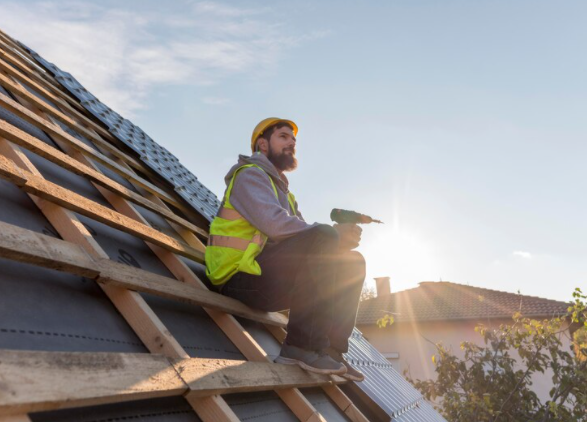Commercial roofing insulation is not just about conserving energy; it’s a critical component that impacts the structural integrity, comfort, and cost-effectiveness of commercial buildings. In this concise guide, we will explore the latest advancements in the industry that are setting new standards for thermal efficiency and sustainability.
Understanding Insulation TechnologyThe Role of Insulation in Commercial Roofs
Insulation in commercial roofs serves a dual purpose: It reduces heat transfer to maintain indoor temperatures and contributes to the overall energy efficiency of the building. Effective commercial roofing insulation solutions are designed to meet the evolving demands for building performance and environmental responsibility.
Types of Roofing Insulation Materials
Traditional materials like fiberglass and cellulose have long dominated the market. However, innovative materials such as rigid foam and reflective insulation are now offering improved performance. These materials come in various forms, each with specific properties tailored to different roofing types and climatic conditions.
Advancements in Insulating MaterialsHigh-Performance Rigid Foam Insulation
High-performance rigid foam stands out for its excellent R-value—a measure of insulation’s resistance to heat flow. These boards provide greater insulation with less thickness, saving on space and material costs. In addition, they are often treated with fire-resistant chemicals, enhancing safety.
Eco-friendly Options
Sustainable practices are gaining traction, prompting the development of insulation materials that are both high-performing and environmentally friendly. Materials such as recycled denim, sheep’s wool, and cork are making their way into the market, offering comparable insulation properties without the ecological footprint.
Installation and Efficiency BoostersInnovative Installation Techniques
Seamless installation is critical to the effectiveness of roofing insulation. Advances in adhesive and seam-sealing technology ensure airtight fits that eliminate thermal bridging, where heat could otherwise escape. Proper installation leads to better thermal performance and reduces energy costs over time.
Multilayered Insulation Systems
To boost the thermal resilience of commercial roofs, multilayered insulation systems come into play. These systems layer different insulation materials to exploit their unique properties, creating a composite solution that achieves superior thermal resistance and durability.
Regulatory Standards and ComplianceNavigating Building Codes
Commercial roofing insulation is subject to stringent building codes and standards that aim to ensure safety, performance, and environmental stewardship. Staying abreast of these regulations is crucial for compliance and, ultimately, the long-term success of any roofing project.
Energy Ratings and Certifications
Insulation materials come with energy ratings and certifications that assist in selecting the most efficient option for a commercial roof. Look for materials with a high R-value and certification from organizations like ENERGY STAR or LEED to guarantee performance that meets industry benchmarks.
By incorporating these innovations in commercial roofing insulation into your next project, you can enhance the building’s efficiency, contribute to a healthier environment, and minimize energy expenditures. The market is continuously evolving, offering new opportunities to make smart, sustainable choices for your commercial roofing needs. As you invest in these cutting-edge solutions, know that it is not only a decision for today but one that lays the groundwork for a resilient and energy-efficient future. Unwrap more Cool Secrets of Commercial Roofing Insulation Solutions. Navigate your renovation with ease. Paradise Roofing is here to help. Visit us for more info!





